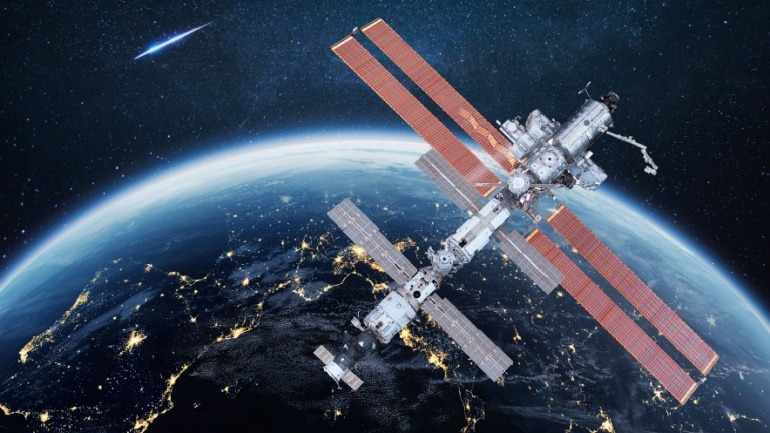Chunghwa Telecom is teaming up with Astranis to launch a new satellite focused on enhancing connectivity in Taiwan. This collaboration marks a noteworthy shift in Chunghwa’s approach to expanding its network coverage and improving its infrastructure resilience. Scheduled for deployment by the end of 2025, the satellite is set to support full bandwidth services as early as 2024.
According to Chunghwa, this geostationary satellite will be the first designed specifically for Taiwan. It is part of a larger program known as Block 3, which includes several satellites to be launched on a SpaceX Falcon 9 rocket later this year. Christian Keil, a spokesperson for Astranis, confirmed this as their largest commercial deal so far, with financial terms undisclosed. The urgency of the project and its national significance have resulted in premium costs.
Operating on Ka-band frequencies, the satellite aims to bolster Chunghwa’s existing satellite network. Currently, their network includes different orbit satellites through partnerships with providers like OneWeb and SES. This initiative aligns with Taiwan’s goal of strengthening its “Sky, Land, Sea, and Air” infrastructure to ensure connectivity during natural disasters or disruptions impacting undersea cables.
Alex C.C. Chien, chairman of Chunghwa, emphasized integrating the MicroGEO satellite into their network would support secure communication infrastructure development for Taiwan. This ambition aligns with the need for backup systems in the face of an unpredictable global environment. Similarly, Astranis CEO John Gedmark reiterated the importance of secure, regional satellite capacity to ensure connectivity in vital areas.
Astranis manufactures and operates its satellites, leasing capacity directly to clients. Their designed satellites are smaller than traditional ones and cater to regional markets. The satellite for Chunghwa will join others destined for Mexico, Thailand, and the Philippines in the upcoming Block 3 launch.
Despite scalability in satellite production, Astranis has faced challenges. One of their Block 2 satellites, UtilitySat, has an ongoing but paused orbit-raising process due to technical issues. Initially meant to replace a malfunctioning satellite, UtilitySat was supposed to provide interim internet services over Alaska. Launch delays have caused changes to Block 3’s payload, impacting plans.







